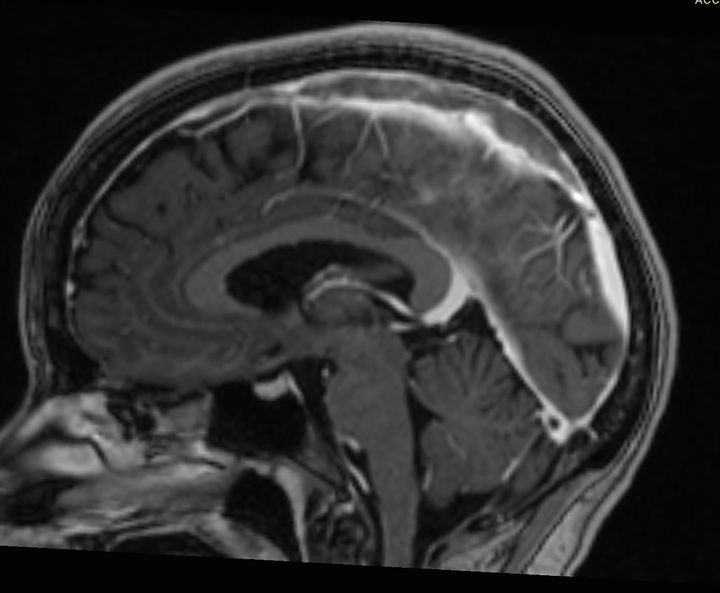
Alzheimer’s is on the rise in the UK, with “the number of people with dementia in the UK is forecast to increase to... over 2 million by 2051.”
At least, that’s according to the Alzheimer’s Society, which also says that “With numbers of people with dementia rising and costs spiralling, dementia remains a challenge to the UK that cannot be overlooked.”
None of which accounts for the stress, expense, and turmoil the condition can cause within families, of course. So the news that a recent study, published in the medical journal Frontiers in Neuroscience, has found a preventative link between certain forms of exercise and Alzheimer’s is welcome.
We already know that any form of exercise is great for your long-term brain health. But the research looked into specific types of exercise and how it affected genetically-altered mice who carried a mutation responsible for buildups of beta-amyloid plaques (a hallmark sign of Alzheimer’s) in their brain.
We thought we’d share what the study involved – and what the scientists found.
The researchers basically ran a mouse gym
Remember those beta-amyloid plaques we were talking about? Well, the researchers wanted to find out which, if any, effect resistance training had on how much of it the mice produced.
The plaques gather in the nervous system, slowing it down and damaging nerves and connections.
The scientists also wanted to measure how the exercise affected corticosterone, which is the mice’s equivalent of cortisol, as this is linked to Alzheimer’s too.
To do this, they trained mice to run up a (comparatively massive) 1.1m ladder with varying degrees of weights attached to their tails. The weights amounted to either 75%, 90%, or 100% of the mice’s body weight (oof). This was meant to mimic human resistance training.
Researchers also included control mice who did not have the plaque-building mutation and trained the exercising mice for four weeks. They then tested the blood of the animals for stress hormones and plaque buildup.
OK... and?
“Levels of the hormone were normal (equal to those found in the control group comprising animals without the mutation) in the exercise-trained mice, and analysis of their brain tissue showed a decrease in (the) formation of beta-amyloid plaques,” shared News Medical.
The research looked into resistance training specifically, as it “is the exercise recommended by the World Health Organization for the elderly due to its benefits in improving muscle strength and balance, and increasing autonomy and functional capacity, favouring improvements in the quality of life of the elderly population, who is more likely to develop (Alzheimer’s) and other types of dementia,” said the researchers.
It’s also a more manageable task for many with dementia than other forms of exercise, like jogging and high-intensity exercise.
Therefore, the scientists say that ”(resistance training) can be proposed for patients with AD (Alzheimer’s disease), as an alternative and adjuvant therapy, as a possible therapeutic strategy, not only to improve symptoms, but also to prevent or control the progression of neurodegeneration in AD.”
Of course, what is true for mice is not always true for humans, and the researchers themselves say it’s early days of research into the topic. Still, I mean – catch you at the gym?